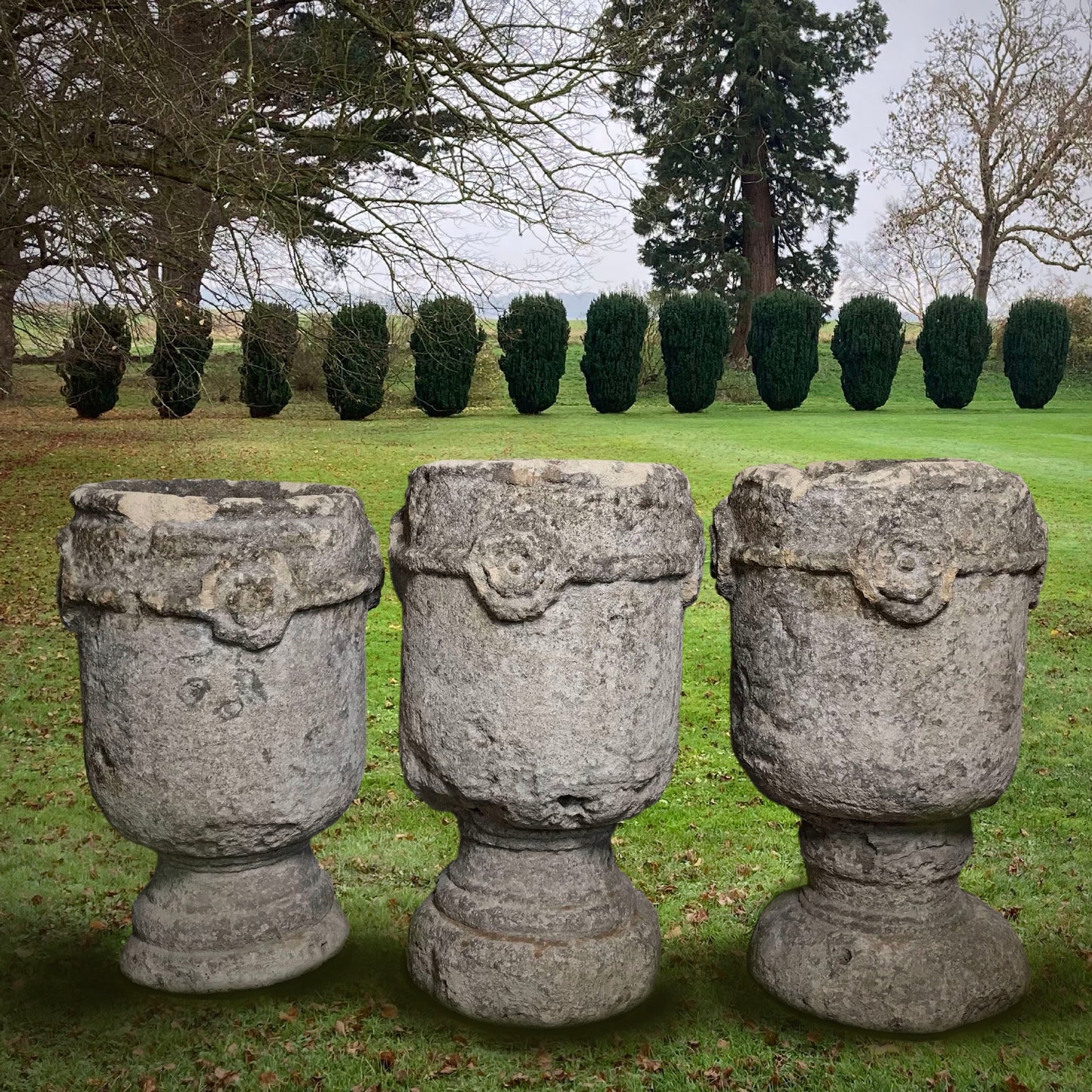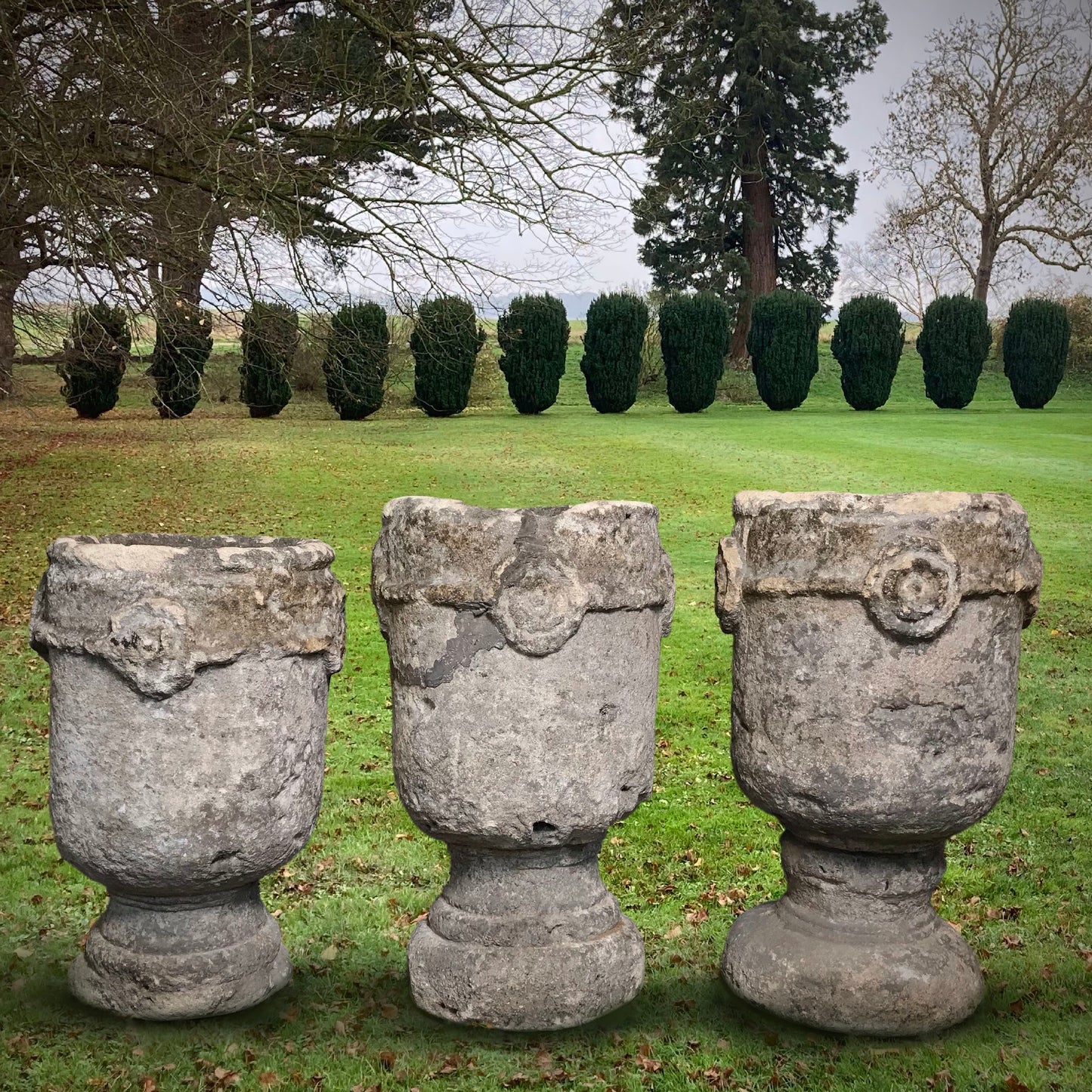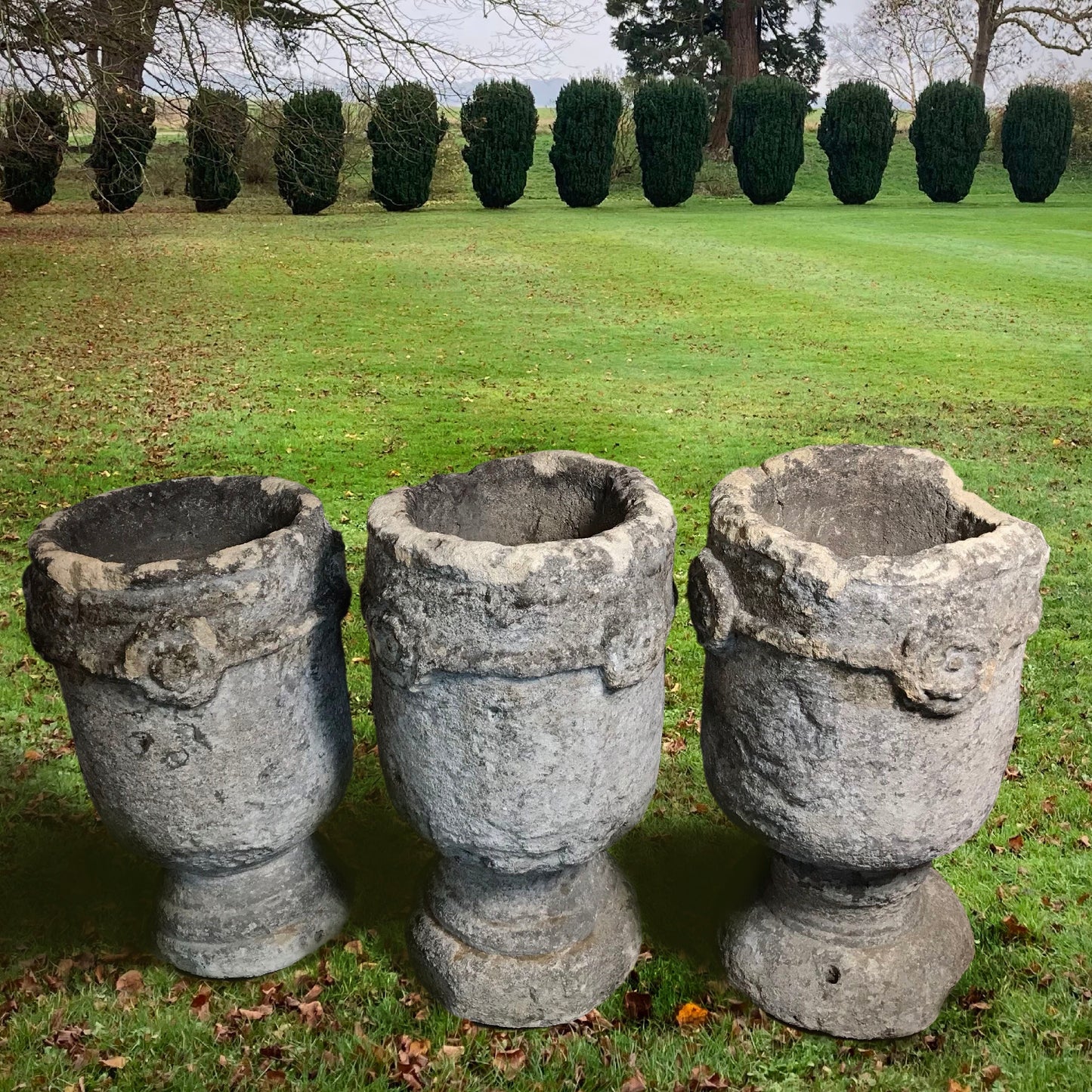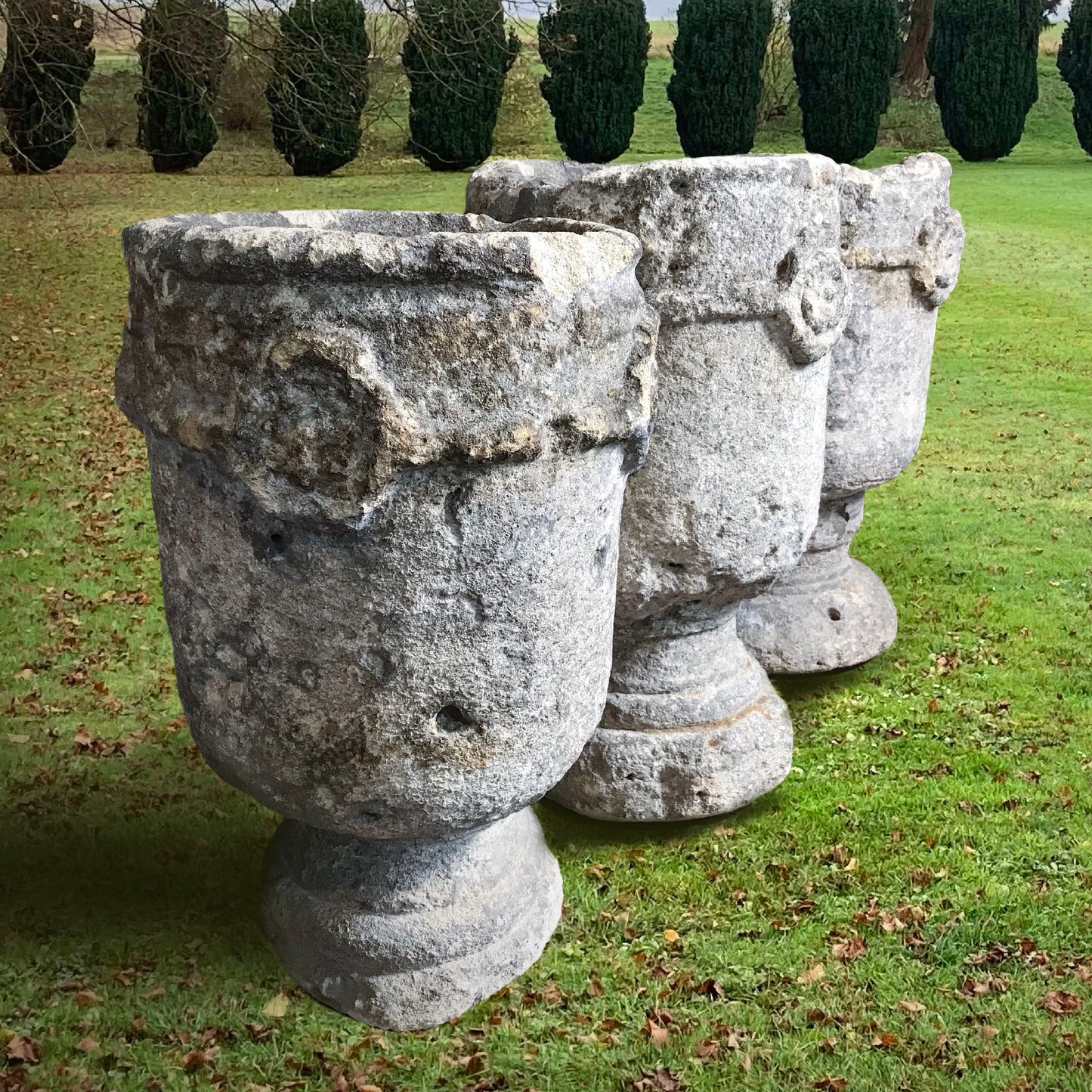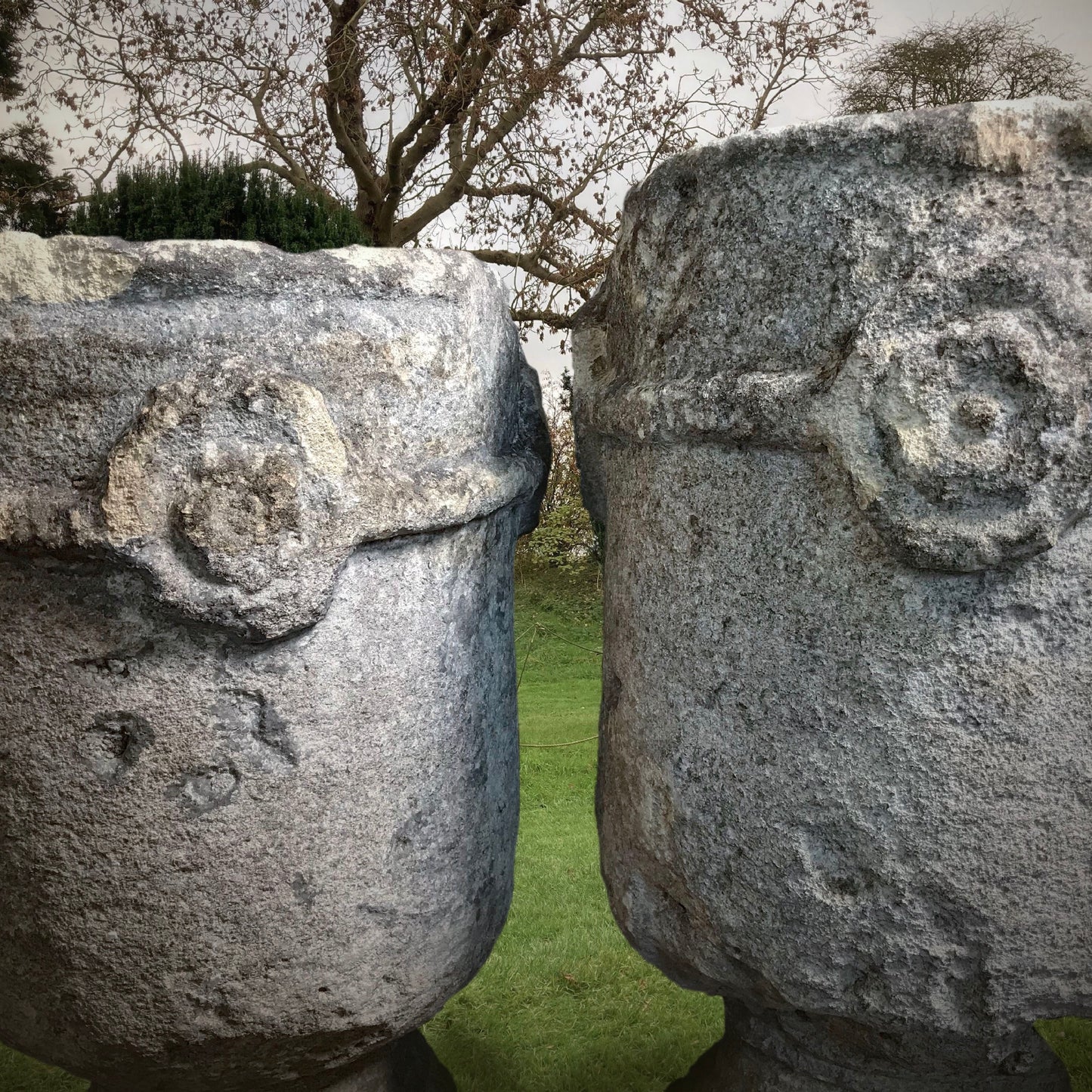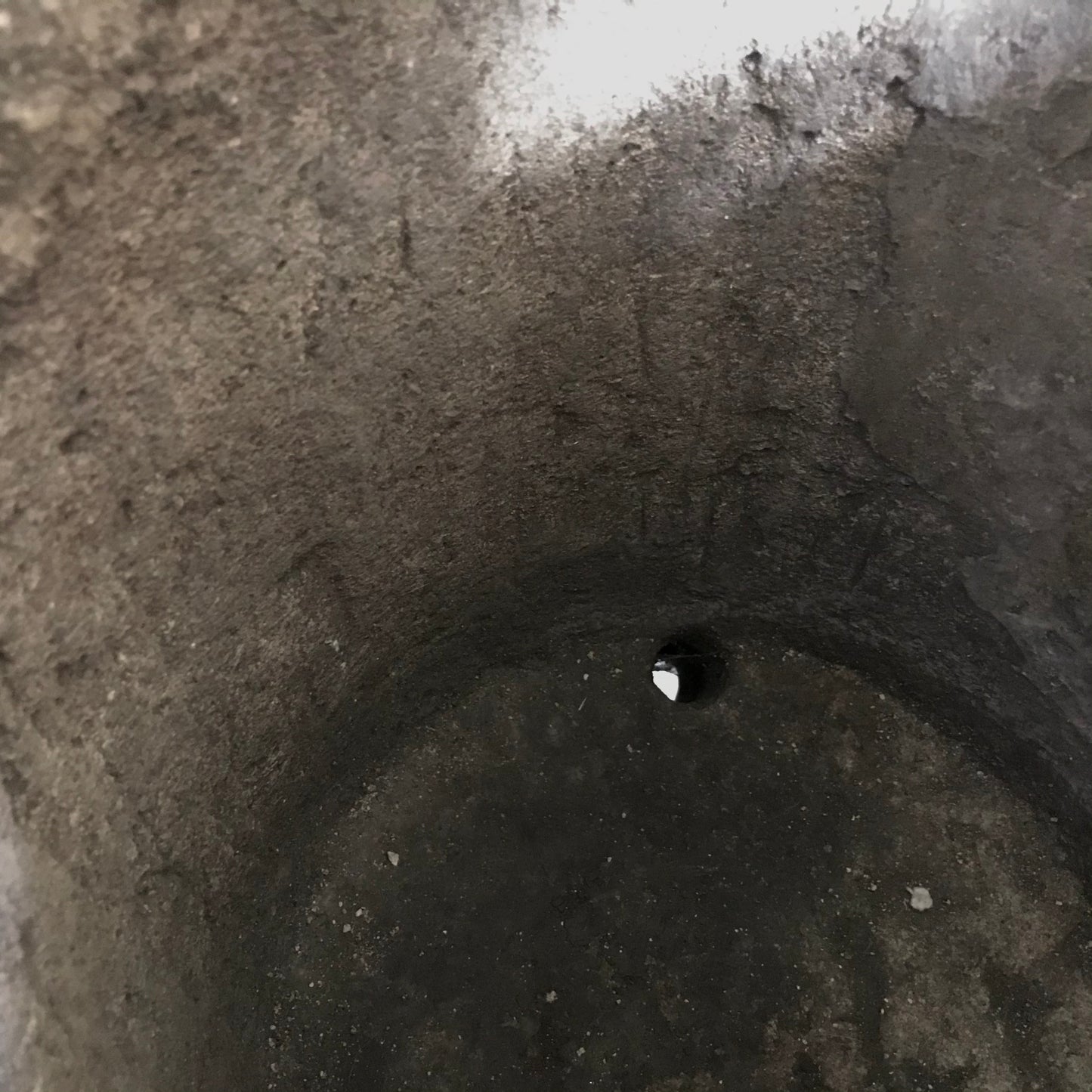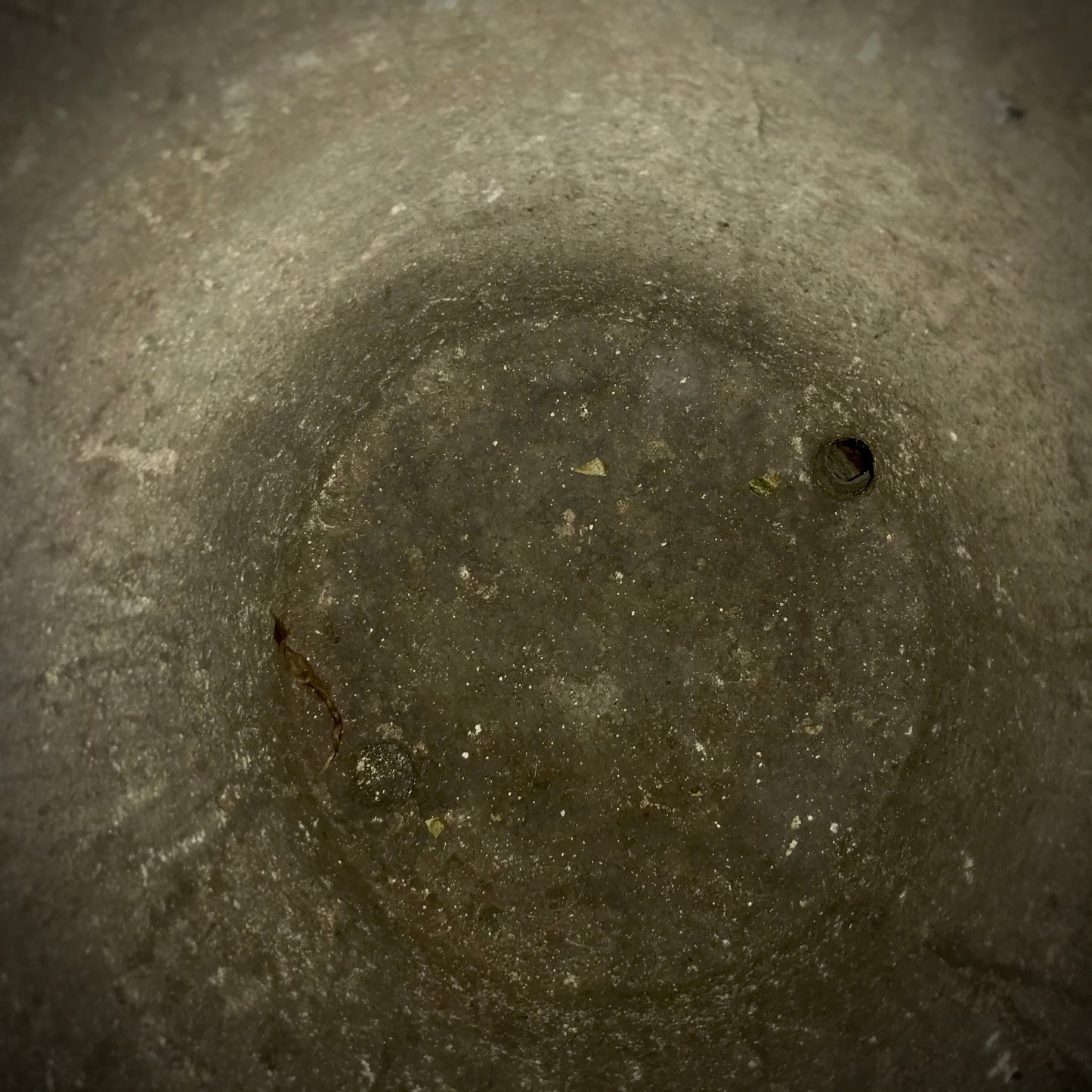Three Late Medieval/Early Tudor Urns from Benedictine Abingdon Abbey with Royal Connnection
SKU: B6C6M
Couldn't load collection availability
UK Mainland Delivery & Non-Mainland
UK Mainland Delivery & Non-Mainland
* Until Christmas we are offering FREE UK MAINLAND doorstep delivery.
For UK Non-Mainland:
At checkout, please select ‘Pick up’ (not ‘Ship’) to complete your purchase.
You can either:
• Proceed with payment and we’ll send a separate link for delivery, or
• Contact us first for a quote, and we’ll send you a custom order link with delivery included.
Placing items in specific locations can be arranged on request — additional costs will apply. Our trusted fine art and antique couriers, ensuring your item arrives safely and with care.
International shipping
International shipping
International delivery, crating, shipping, and insurance can be arranged on request. We’ll provide a quote based on your needs—additional costs will apply and are payable directly to the shipping company.
You’re welcome to use your own shipping agent, or proceed with our recommended agent using the quote we supply. Payment is made directly to the shipping company.
Alternatively, select ‘Pick up’ at checkout to:
• Collect the item yourself
• Use your own shipping agent from our UK showroom
• Or simply complete your purchase
Contact us for a quote
Three rare and outstanding limestone Late Medieval/Early Tudor garden urns from the collection of Reading Museum. Each featuring four Tudor Rose emblems, linked with a simple band, and also having drainage holes making them perfect to use again in your garden or to be kept as museum objects in your interior.
These rare urns have direct provenance from Cumnor Place, the wealthiest and grandest grange of Benedictine Abingdon Abbey, Cumnor, Berkshire. The Abbey’s origins date back to as early as AD 675.
The now demolished Place was a magnificent 14th Century stone structure, formed of a complex of buildings enclosing a large courtyard. A 44ft long Medieval Great Hall to the West and other attached buildings including a vaulted Tudor Gatehouse and a small chapel.
Playing an incredible part in British history:
After surrendering his Abbey in 1538 during the Dissolution of The Monasteries by King Henry VIII, Abbot Thomas Rowland chose to live here. After his death in 1547 the building was granted to George Owen, the King’s Physician. His son leased Cumnor to Sir Anthony Forster, friend and chief controller of Lord Dudley (later Earl of Leicester).
Dudley’s wife, Amy Robsart, stayed with Sir Antony in 1560 when her husband Dudley was away at Court. Dudley was crucially Queen Elizabeth I’s favourite and acknowledged lover.
- Width: 44 cm (17.32″)
- Height: 74 cm (29.13″)
- Depth: 44 cm (17.32″)
